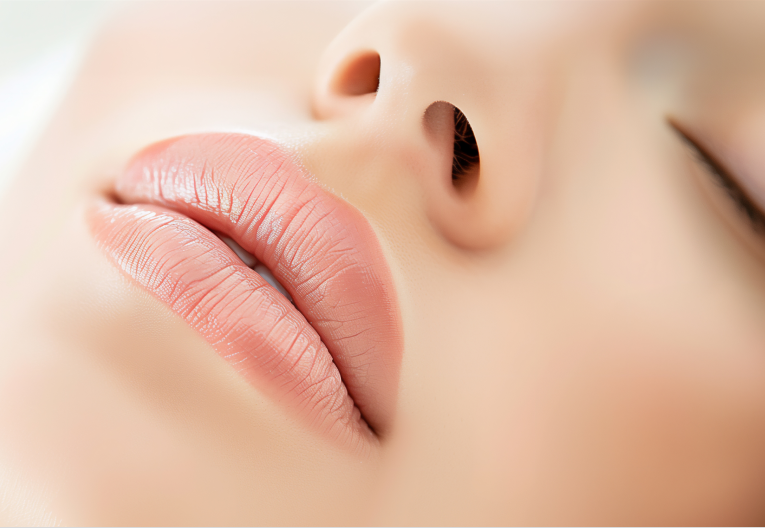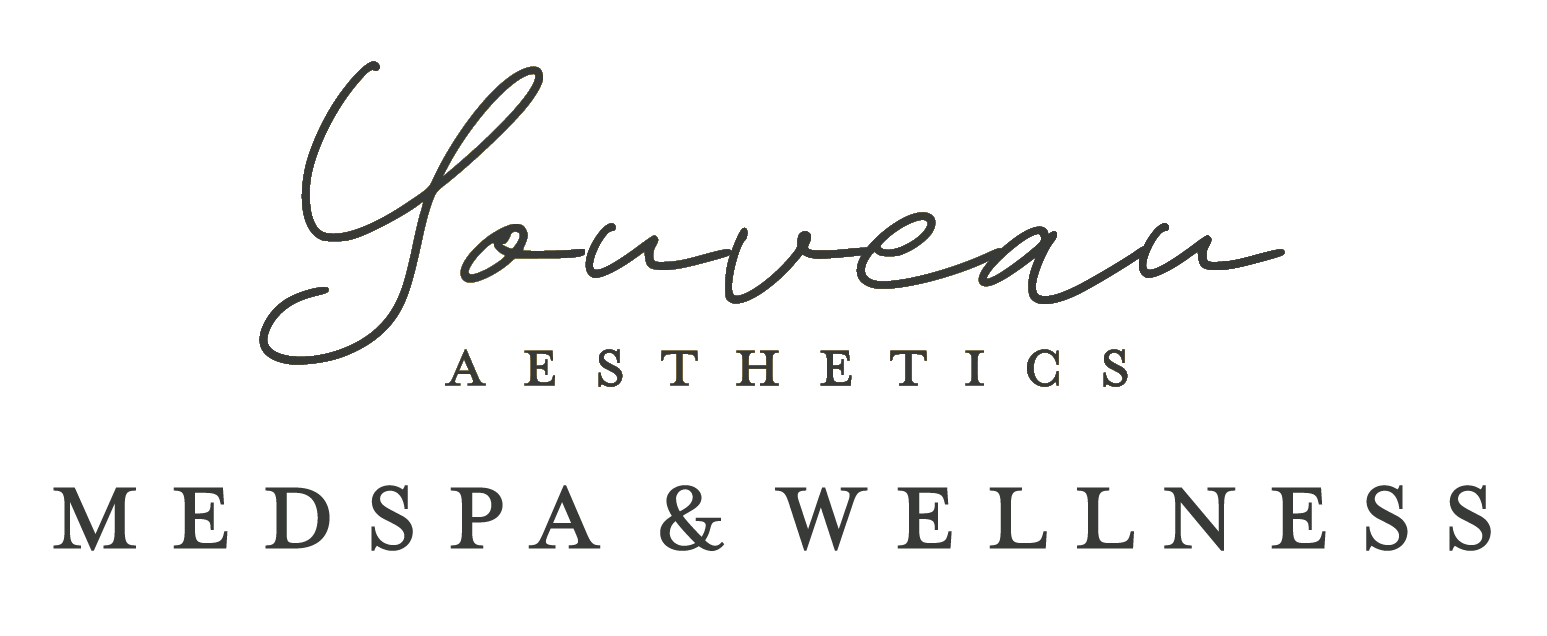
Learn about injectable dermal fillers
Did you know that many visible signs of aging can be traced back to volume loss? As facial tissues thin out, lines become etched around the nose and mouth and cheeks look a little hollow. Dermal fillers can replace lost volume to help smooth wrinkles, plump the lips, and restore a more youthful appearance. Learn all about injectable filler treatments below.
- With dermal fillers, enjoy a refreshed and younger look with minimal downtime. At Youveau, we provide a personalized cosmetic consultation where we will discuss different filler choices and assist you in determining if dermal fillers will give you the results you desire. Dermal fillers may reverse many of the most visible signs of aging including:
- Soften Fine Lines, Wrinkles, and Creases, balance the face, Restore Volume Lost from Diminishing Subcutaneous Fat, Hydrate Thin Lips, Reduce the Appearance of Dark Circles Beneath the Eyes, Restore Lost Volume to Earlobes from Heavy Earrings, Rejuvenate the Hands, Tighten Crepey, Lax Skin on Arms, Above Knees, Neck, and Chest.
Increase the Size of the Buttocks, Fill Hip Dips, and Improve the Look of Cellulite on the Butt and Thighs.
What are Injectable Dermal Fillers?
Smooths out wrinkles: In addition to adding volume, injectable fillers can also smooth out wrinkles and fine lines, particularly around the mouth and nose.
Adds volume to face: Injectable fillers can add volume to various areas of the face, such as the cheeks, lips, and under the eyes, creating a more plump appearance.
What are Fillers Made With?
Hyaluronic Acid (HA)
Hyaluronic acid is a naturally occurring substance that is already found in your skin. It helps keep skin plump and hydrated. HA fillers are typically soft and gel-like. The results are temporary, lasting 6 to 12 months or longer before the body gradually and naturally absorbs the particles. Most HA fillers are infused with lidocaine to help minimize discomfort during and after treatment. FDA approved HA fillers Youveau uses include:
- Restylane products: Restylane, Restylane Silk, Restylane Lyft, Restylane Refyne, Restylane Defyne, Restylane Kysse, Restylane Contour
- Belotero Balance
- The RHA collection: RHA 2, RHA 3, Rhadensity, and RHA 4
Calcium Hydroxylapatite (CaHA)
Calcium hydroxylapatite is also a naturally occurring substance, found primarily in our bones. When used in a filler, the calcium particles are nearly microscopic and suspended in a smooth gel. The consistency of a CaHA filler is typically thicker than that of a hyaluronic acid filler and typically last longer as well, about 12 months for most patients. Calcium hydroxylapatite is also reported to help stimulate natural collagen production, and it is typically used for deeper lines and wrinkles. FDA approved CaHA fillers include Radiesse®.
Poly-L-lactic Acid
Poly-L-lactic acid is a biocompatible (meaning it is safe to use in the body), biodegradable synthetic substance. It has been used for many years in medical devices, such as dissolvable stitches. Poly-L-lactic acid products are technically classified as “collagen stimulators,” as their main mechanism to smooth fine lines is by helping your skin rebuild natural collagen—the filler gel itself dissipates a few days after treatment. Poly-L-lactic acid is typically used to treat deeper facial wrinkles, and results can last more than 2 years. FDA approved Poly-L-lactic acid fillers include Sculptra® Aesthetic.
What to Expect During Treatment
Pre-treatment consultation
During your consultation, your cosmetic surgeon will evaluate your area of concern and review your medical history. While the risks associated with dermal fillers are minimal, you need to fully disclose your medical history prior to treatment, as certain allergies, skin and neurological conditions, or medications can jeopardize your safety or results. For instance, you need to tell your cosmetic surgeon if you have been taking NSAIDs (e.g., aspirin, ibuprofen, naproxen) or blood thinners, as these increase the likelihood of bruising.
Your injectable filler treatment
Just before the actual treatment, the area will be cleaned, and you may be given a topical anesthetic to numb the area prior to injection. Many filler products also contain lidocaine, a mild anesthetic, which is intended to help minimize discomfort during and after your treatment. Our expert providers will then inject a precise amount of filler strategically beneath the skin.
Depending on the product and the areas treated, you should be able to notice results immediately after receiving filler injections. Some patients experience mild bruising and swelling, but these are temporary and should subside over the days following treatment. You will be able to go back to your normal activities right after treatment, but your cosmetic surgeon may ask you to take the day off from exercise or other strenuous activity.
How long do fillers last? Approximately 6months-two years
